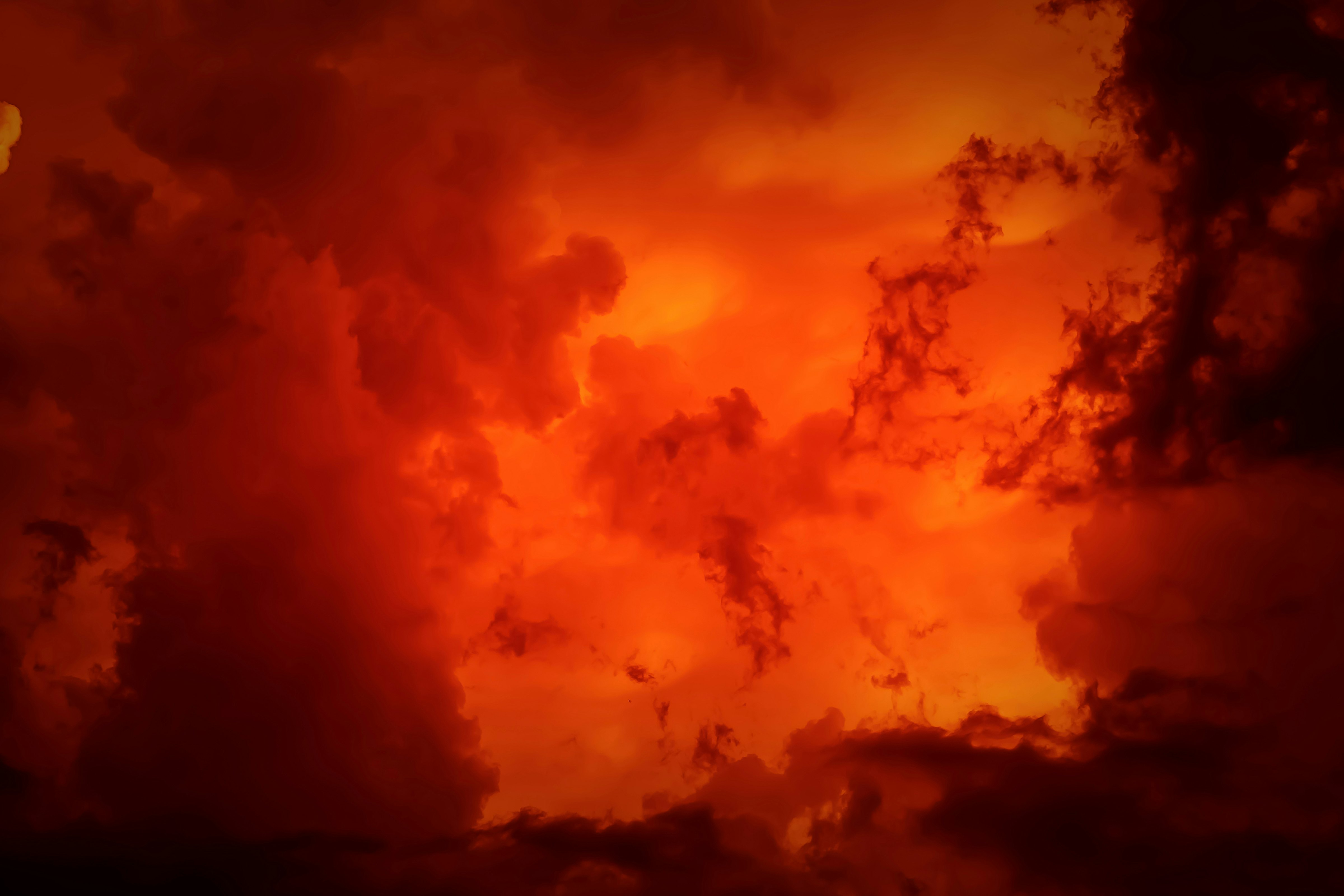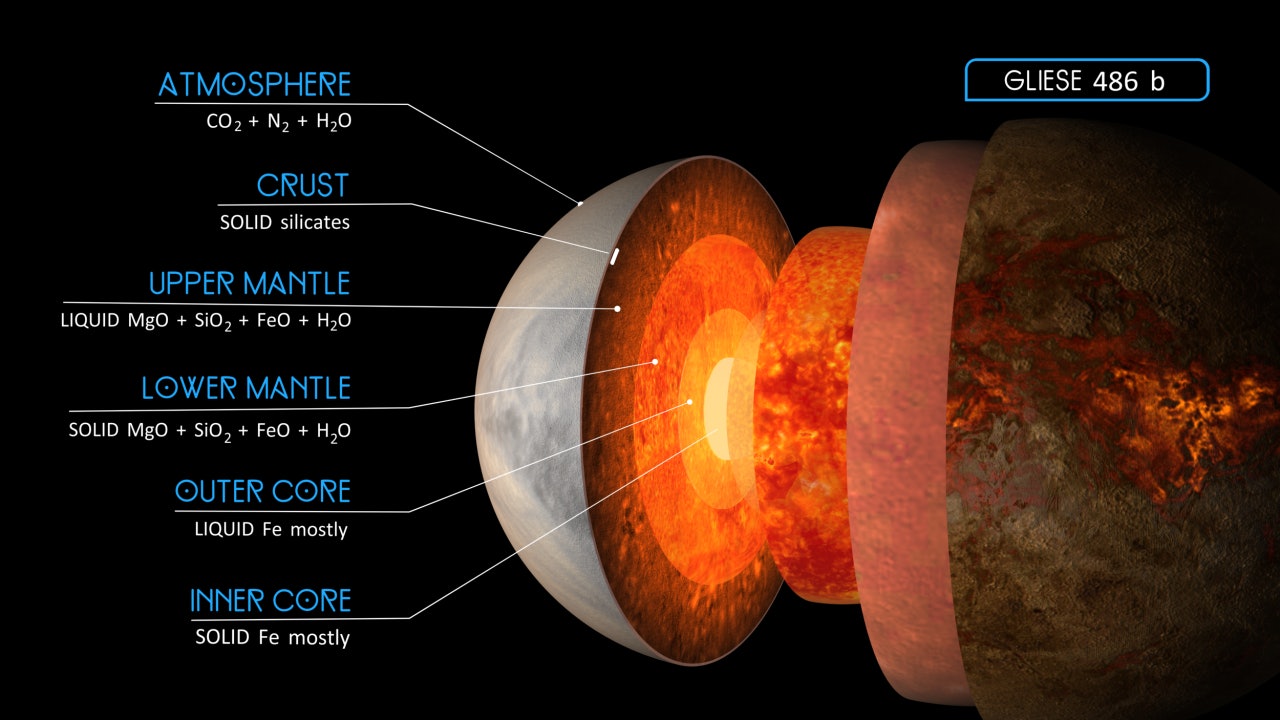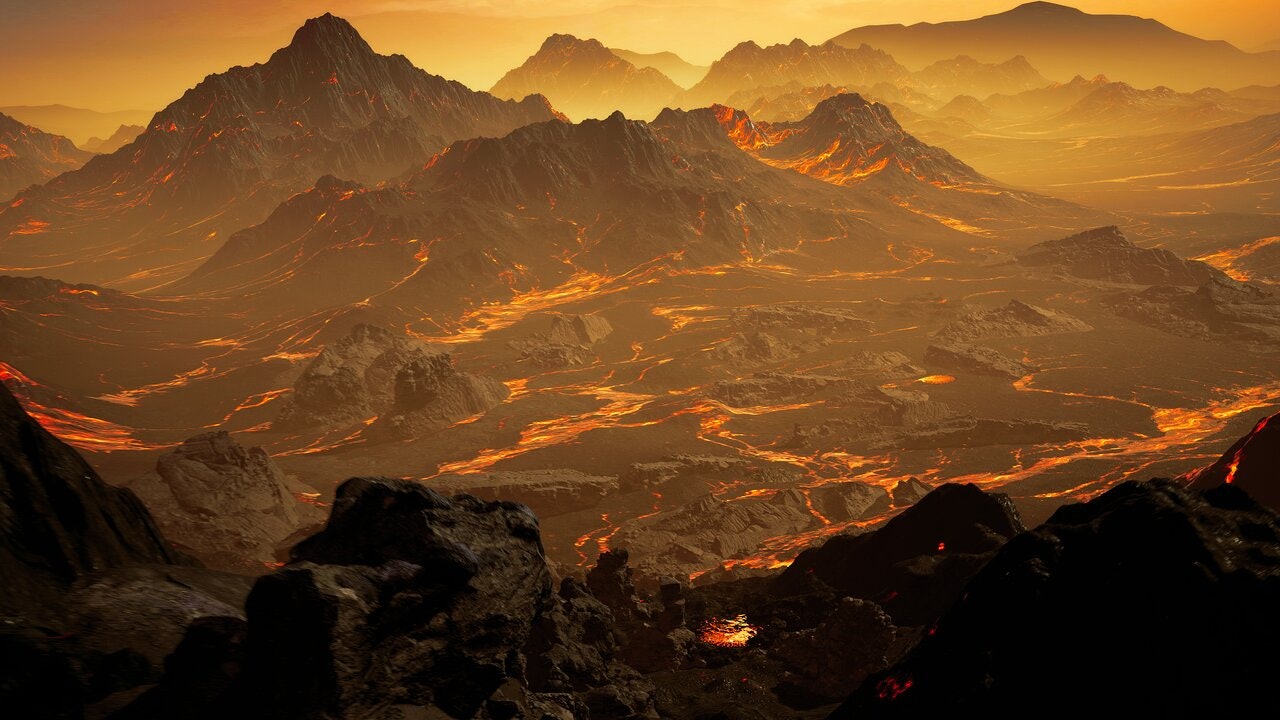
How unique is Earth? Our new telescope can begin answering that question. But it will turn to a surprising source to find some clues.
The ultra-powerful James Webb Space Telescope will catch a glimpse of the enigmatic atmosphere of a terrestrial (Earth-sized) exoplanet known as Gliese 486 b, previously termed as a “Rosetta Stone” because it could unlock the secrets of habitable.
Gliese 486 b is probably not habitable in itself, but will serve as a proving ground for planets that may be. We usually define "habitable" as a rocky world that could host liquid water on its surface, although the picture is … complicated.
The odd behavior of parent red dwarf stars like Gliese 486 — popular planet-seeking targets due to their relative small size and lack of stray light interfering with observations — might shoot out a lot of life-harming radiation, for a start.
We also know little about the composition of rocky planet atmospheres like Gliese 486 b, although we can make educated guesses from models and from what we can observe in planets and moons in our own Solar System. Happily, however, Webb's high-resolution view gives us a serious chance at learning about the complex environment of this exoplanet.

How Webb will look at planetary atmospheres
Perched at Lagrange Point 2, Webb has an 18-segment hexagonal mirror optimized for deep space operations. The huge mirror and lack of stray light will at last allow astronomers to probe the transient molecules of gas visible in a distant, tiny planet like Gliese 486 b.
Gliese 486 b is close enough to its parent star, says principal investigator Megan Mansfield, a NASA Sagan Fellow and exoplanet researcher at the University of Arizona, that investigators suspect one side is permanently facing its star. Gravitational interactions between the planet and the sun – similar to the Earth and the Moon – lock the planet into a synchronous rotation with the star during Gliese 486 b's orbit.
Investigators will watch as the planet passes behind its parent star, from Earth's perspective. That will allow them the best view possible of the "dayside" of the star, as this spot will be shining for Webb to observe during some of this time.
"Using this technique, we can measure the amount of light coming from the planet itself – you can think of this as measuring the planet's temperature," Mansfield tells Inverse. "If the planet has an atmosphere, we'll be able to figure out both the temperature of the atmosphere, and look for signatures of gases — like water or carbon dioxide — that could be in the planet’s atmosphere."
Why is JWST looking at Gliese 486 b?
Gliese 486 b is a perfect target for such an observation as it is quite hot and orbits a relatively small star, which will make its light easier to distinguish from any stellar interference. If this testbed for atmospheric observations work, the implications are huge as Webb prepares for another 20 years of operations.
"The reason we chose Gliese 486 b as our target exoplanet is because we’d like to understand more about whether terrestrial exoplanets like [it] could have atmospheres, and what their atmospheres might be made of," Mansfield says. "This planet happens to be in a favorable setup where we expect to get a really clear signal during our observations.
Webb's observations build upon a series of papers (like this one from The Astrophysical Journal in 2019) that Mansfield and her collaborators have worked on in recent years. "These papers talk about the issue of looking for atmospheres on terrestrial exoplanets, and discuss what could be fast ways to detect an atmosphere using as little telescope time as possible," Mansfield says. (That's crucial on a large telescope like Webb that has so much demand from the community.)
Secondary eclipse techniques seem to fit the bill of efficient observing, from what the team can deduce, while still being scientifically effective. "The idea here is that a planet without an atmosphere will be relatively hot, because this planet is expected to have one hemisphere — the day side — that constantly faces the star," Mansfield said.
With no atmosphere, rocks would heat up to searing temperatures visible from afar. With an atmosphere, however, the planet's dayside would be much cooler — perhaps due to highly reflective clouds that reflect away starlight, or through circulating heat to the nightside. Deductions about the planet's atmosphere would thus be visible through temperature — above a certain threshold, there likely would be no atmosphere.
Webb, happily, is optimized to look in the mid-infrared wavelengths needed to assess Gliese 486 b's atmosphere or lack thereof. Coupled with its high resolution, Webb would be able to deduce the spectra or "signatures" of different gases through the telescope's spectrometers, "to try and understand what the atmosphere is made of," Mansfield said.

Red dwarf planets and atmospheres
That Gliese 486 b is rocky is not in dispute, as eclipse observations from NASA's Transiting Exoplanet Survey Satellite coupled with radial velocity measurements from ground telescopes show a mass within the range of a rocky planet. Webb, however, will finally be able to deduce more of the planet's nature — especially because most planets emit their light in mid-infrared at five to 14 microns, precisely where the telescope is optimized to see.
Webb will also allow for a large span of wavelengths to be observed at one time, giving investigators the best chance possible of spotting the unique fingerprint a gas shows in its spectrum, Mansfield said. "This will give us more information on things like, if we do find an atmosphere, is it like Earth's? Is it a thick carbon dioxide atmosphere like Venus? Or is it made of something else entirely?"
If Gliese 486 b has an atmosphere at its close orbital distance, there might be hope for planets in the habitable region of stars that are also red dwarfs. Flaring dwarfs might strip gas from planets' atmosphere with their radiation, making it difficult for scientists to assess whether planets might be able to hold on to their atmospheres "long enough for life to develop," Mansfield said.
Even if the atmosphere isn't apparent, it still will be an exciting find as scientists will be gazing directly at the surface of a small, rocky world from afar. "In that case, we will have a chance to do what I like to refer to as 'exo-geology', and try and figure out what types of rock the surface of the planet is made of," Mansfield said.







